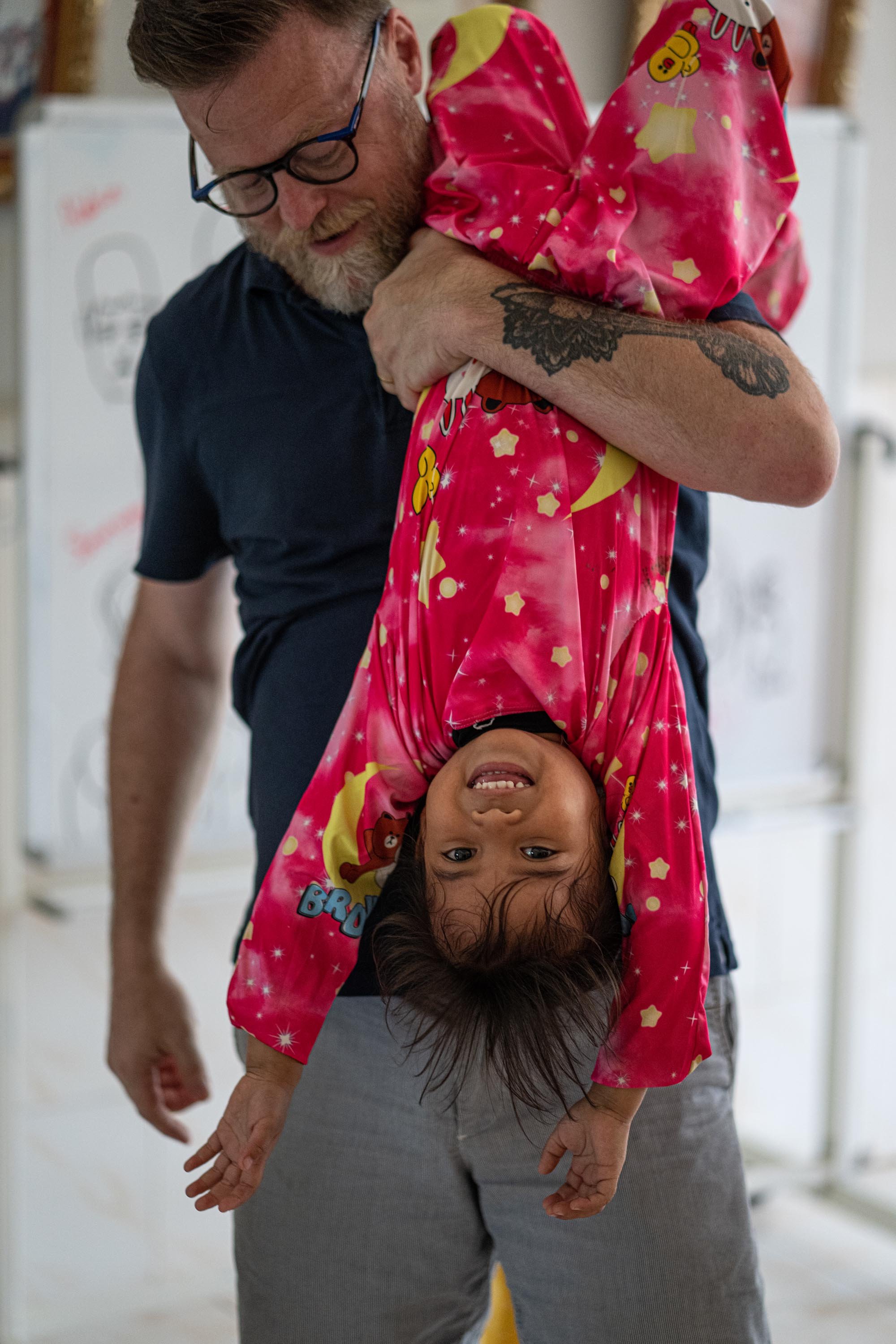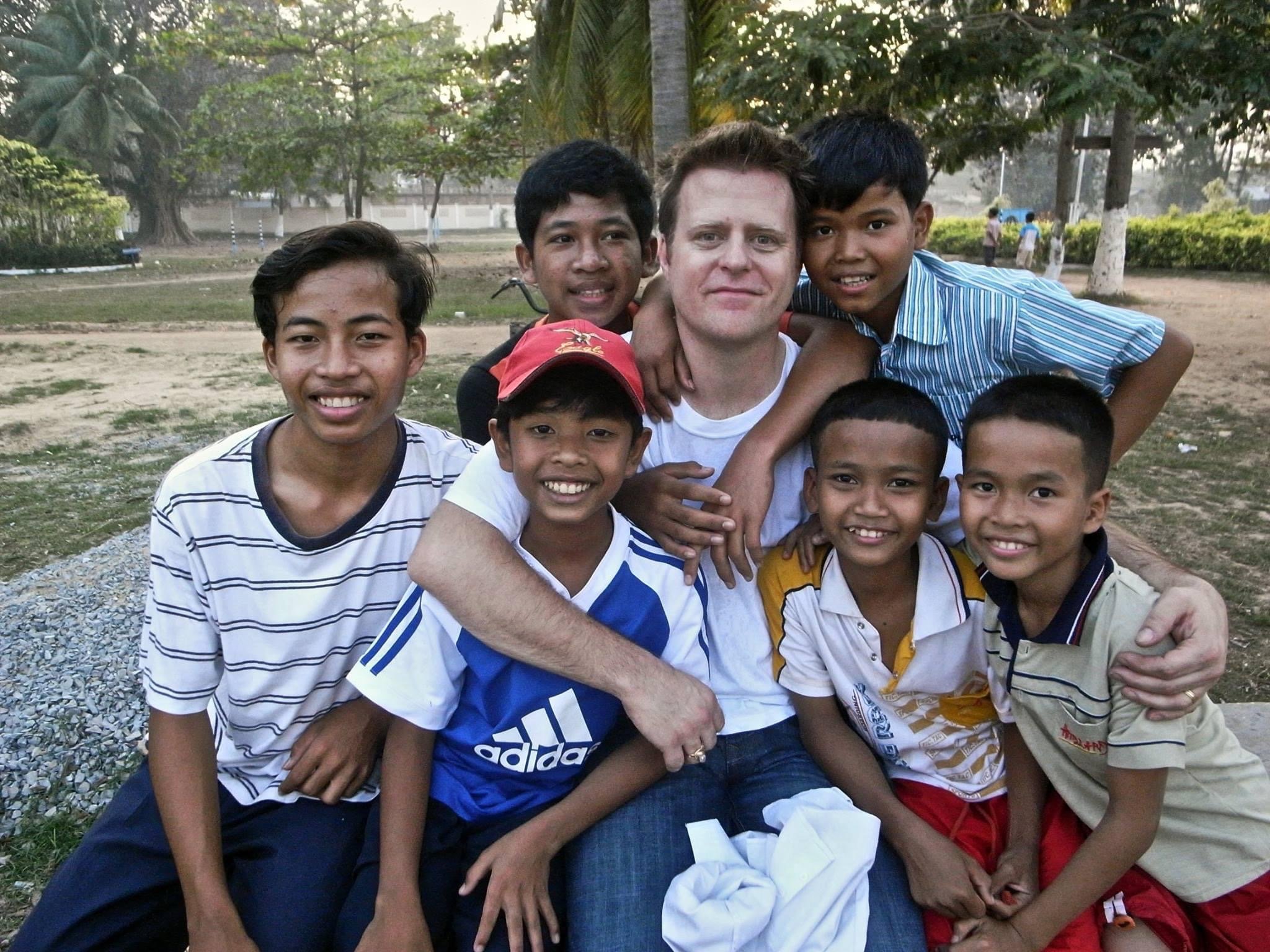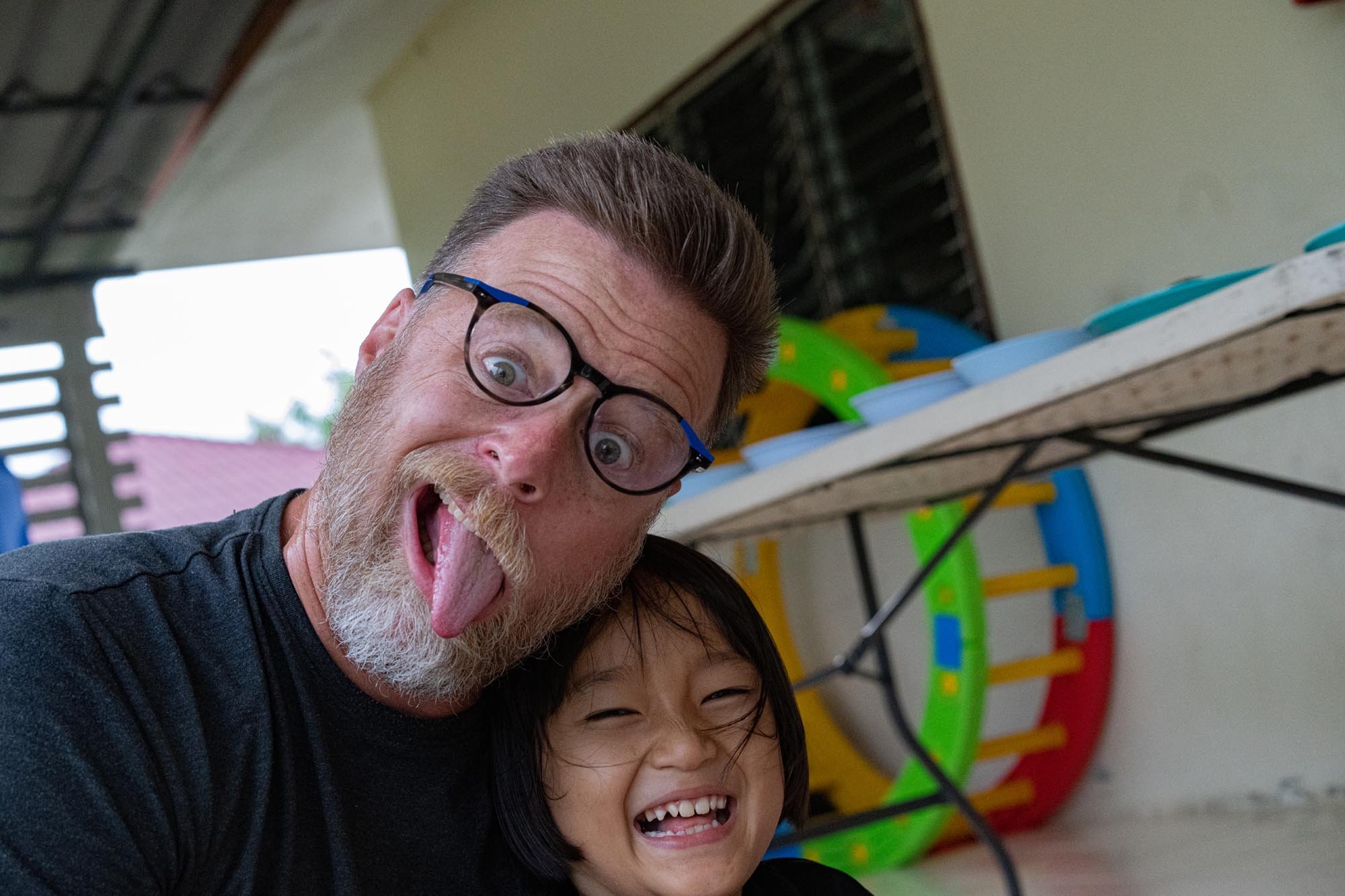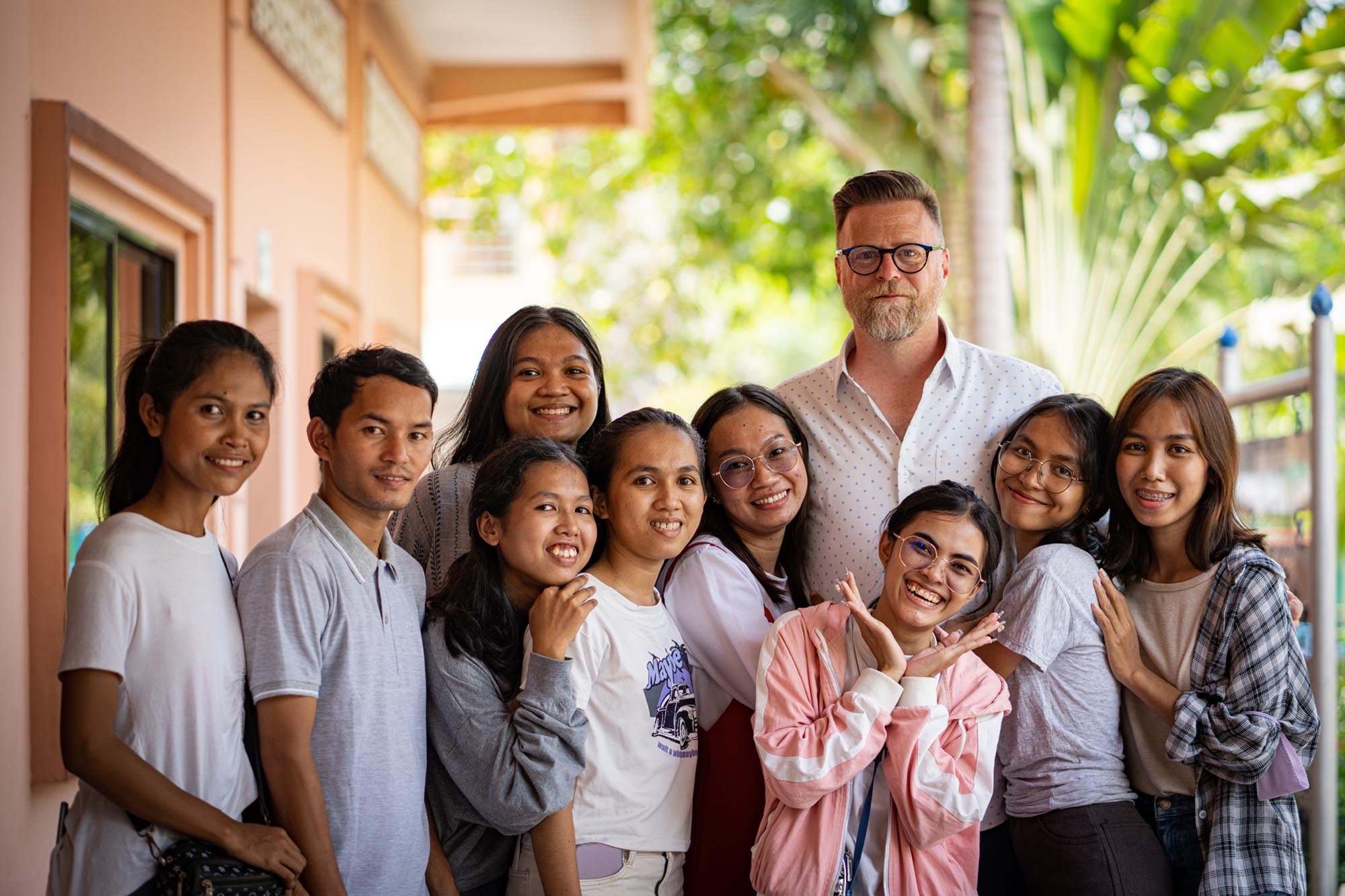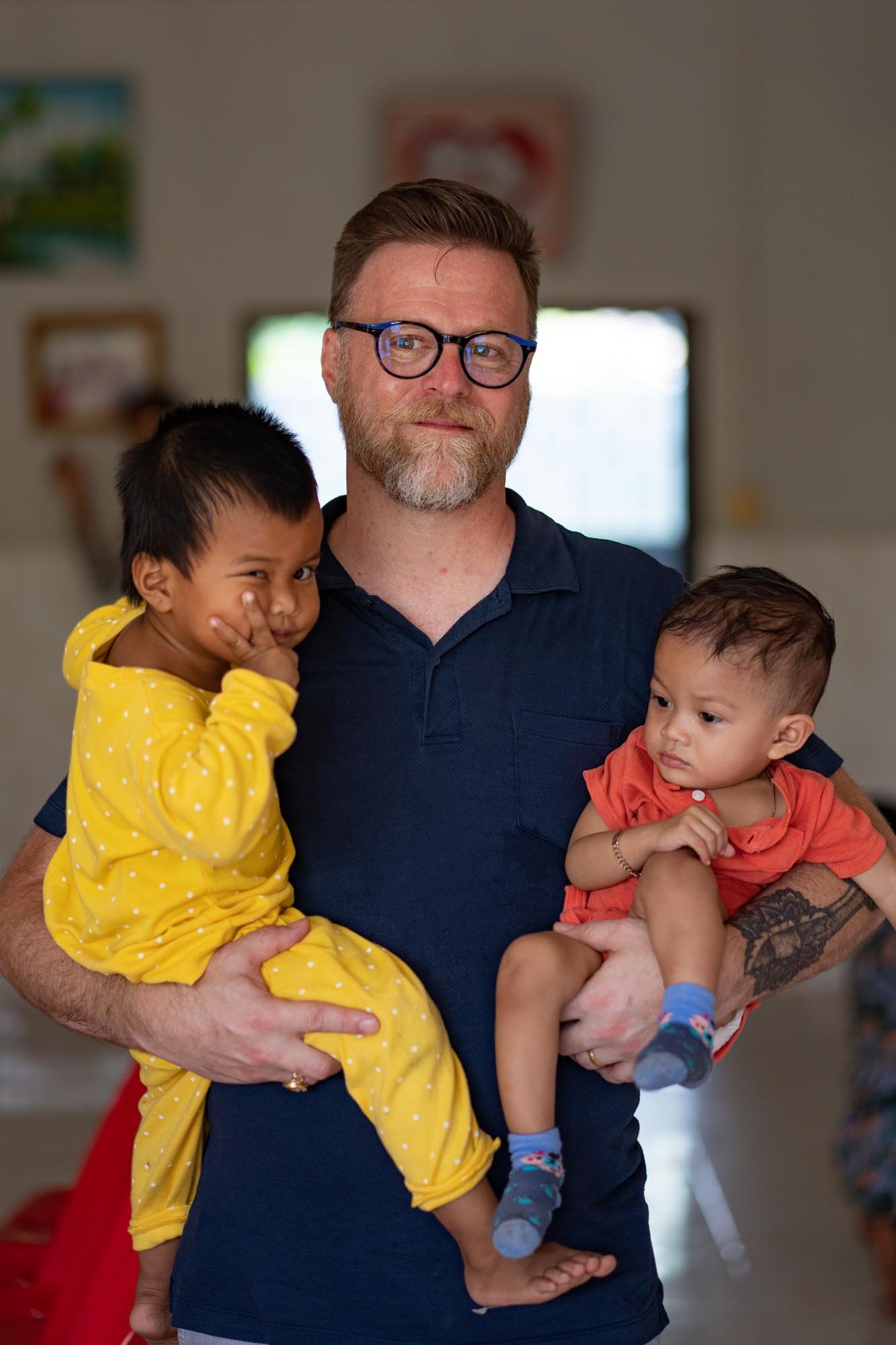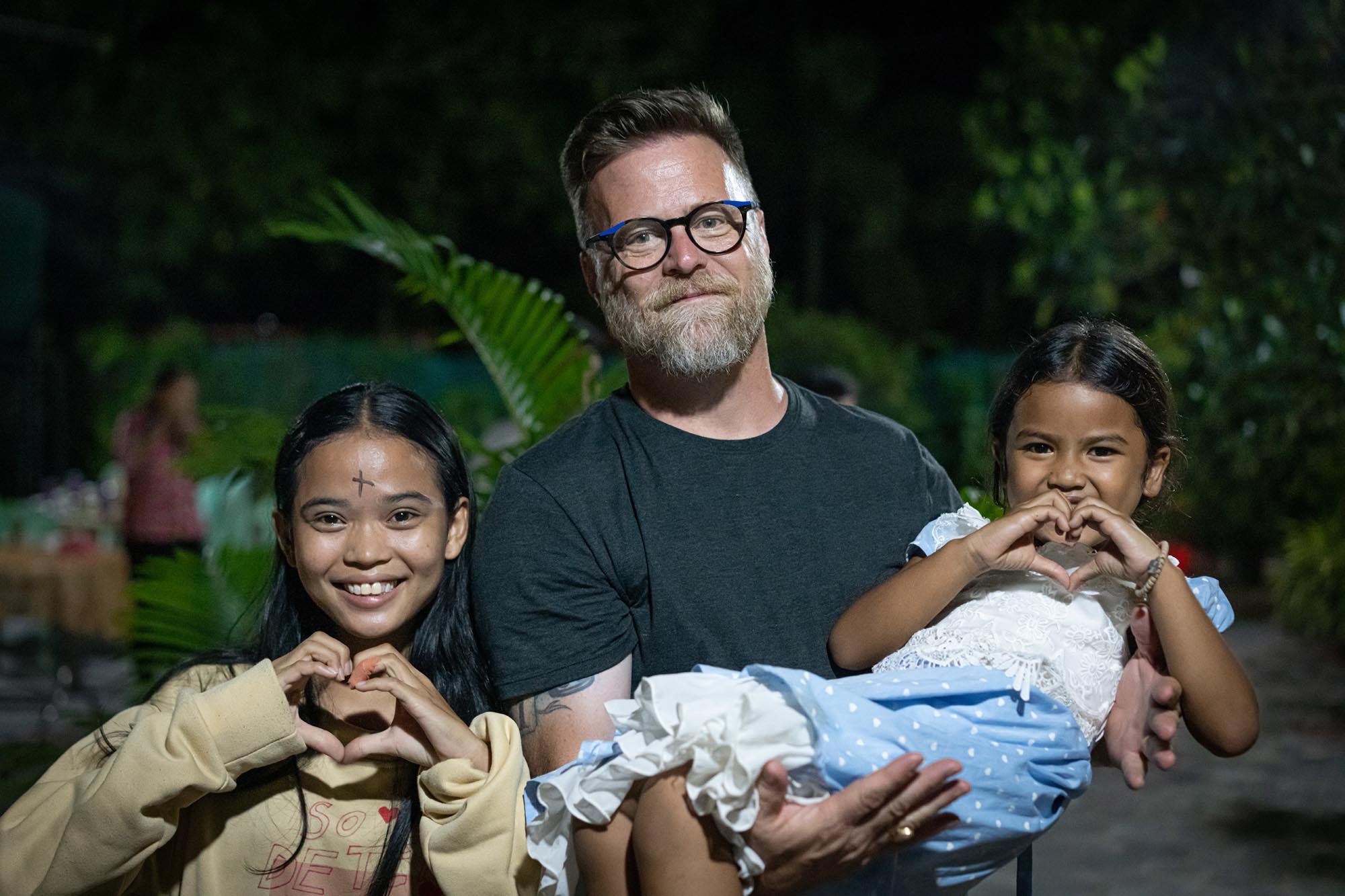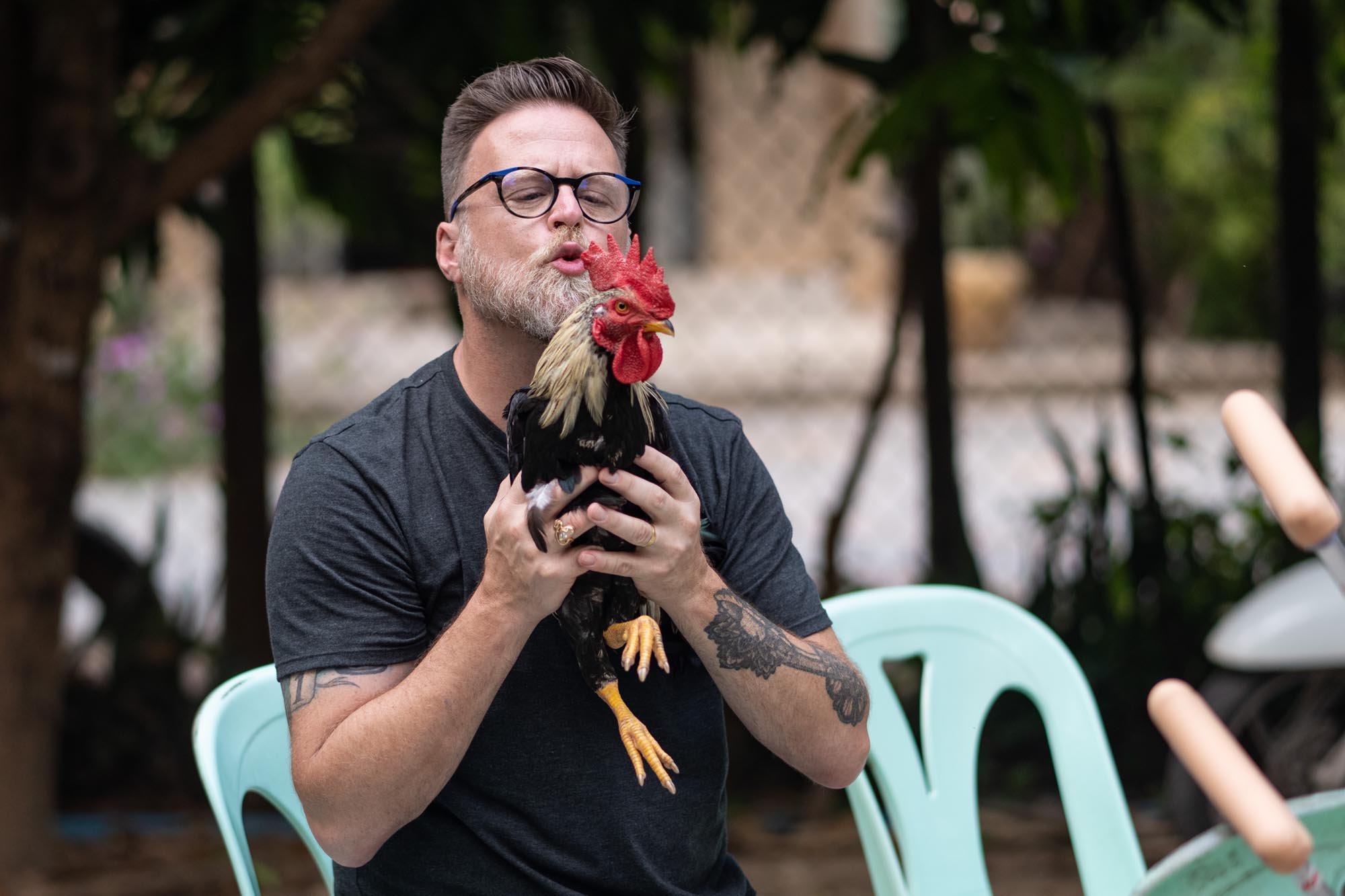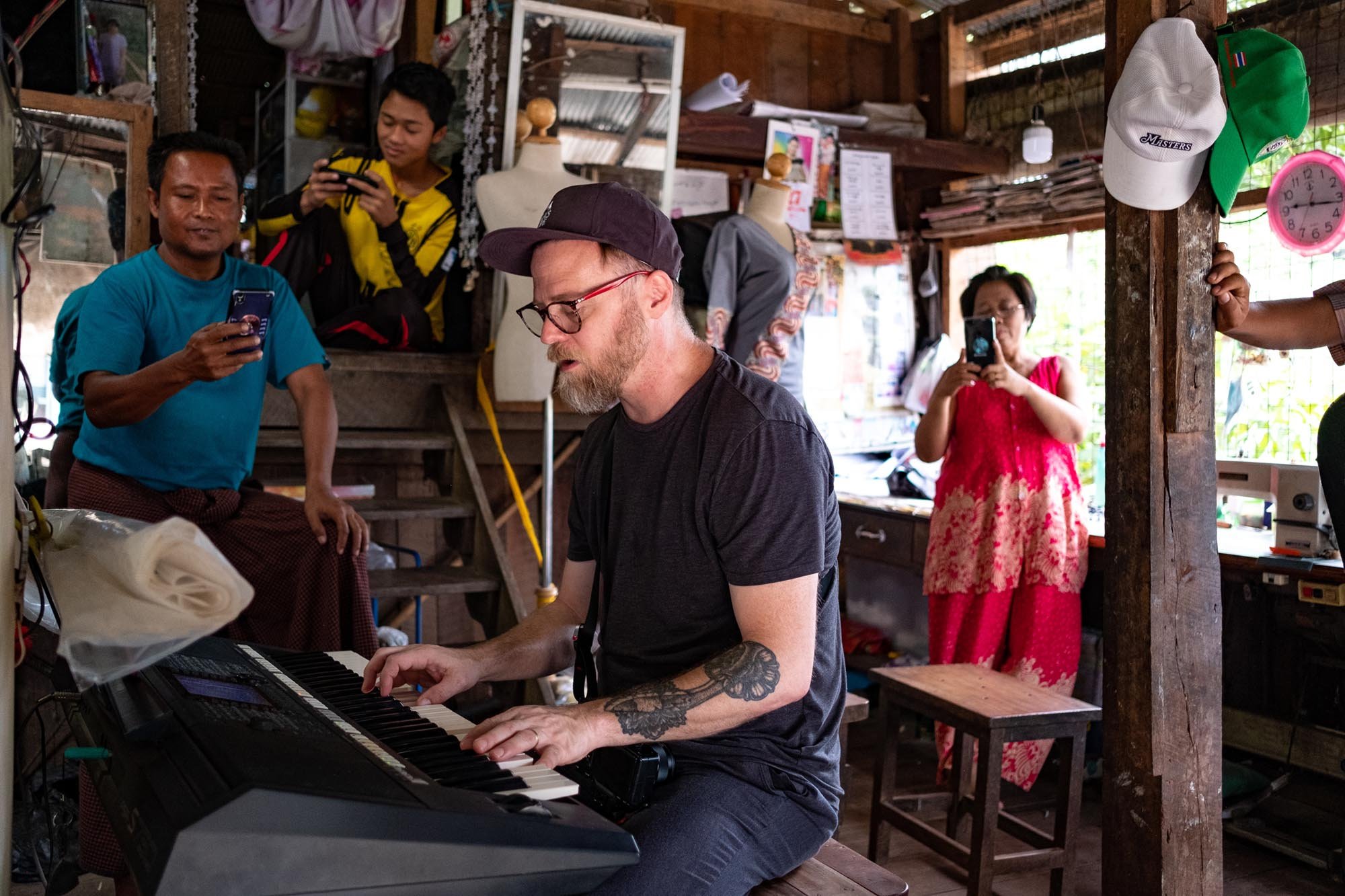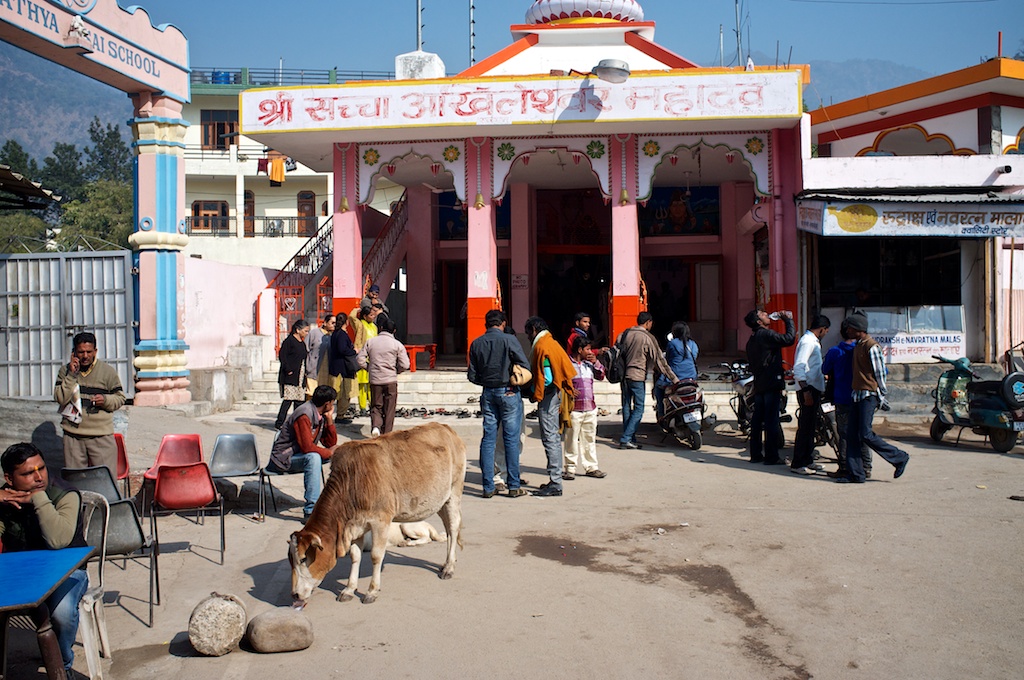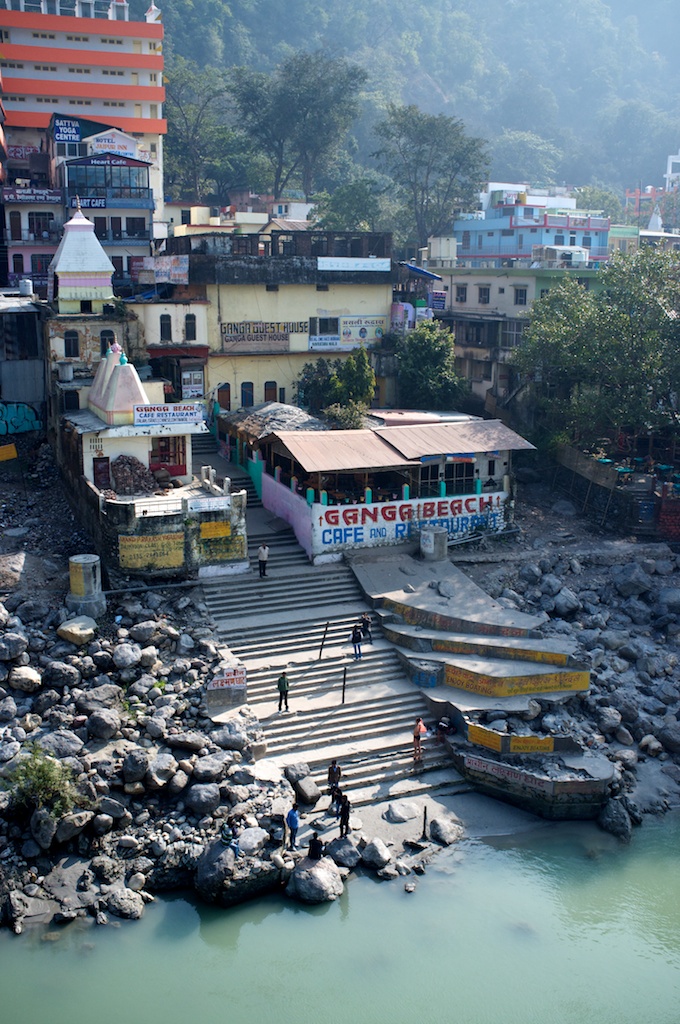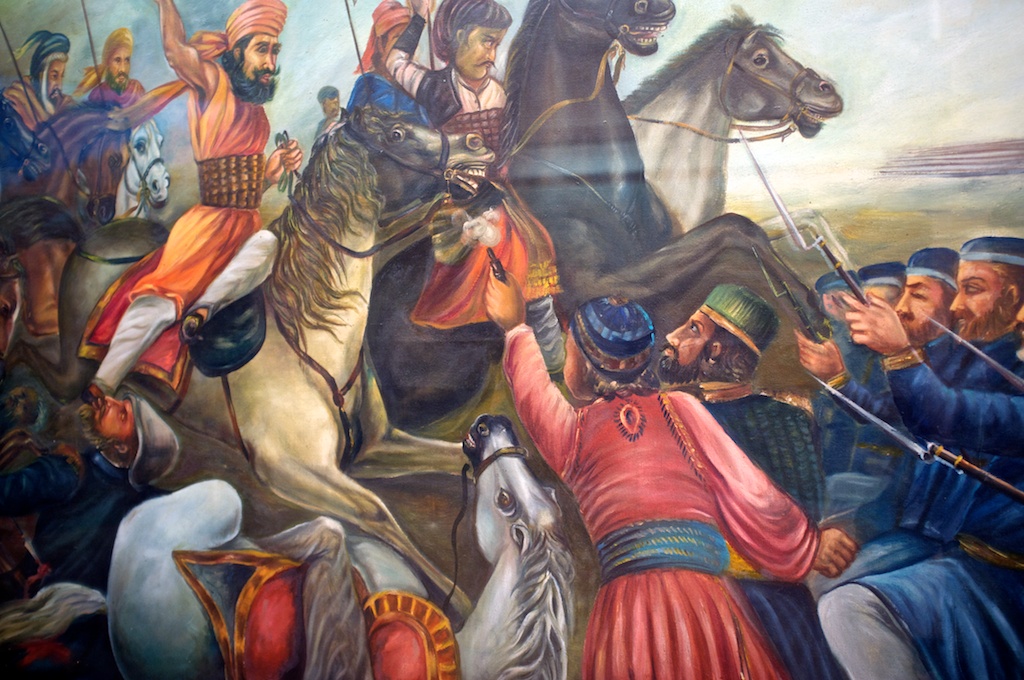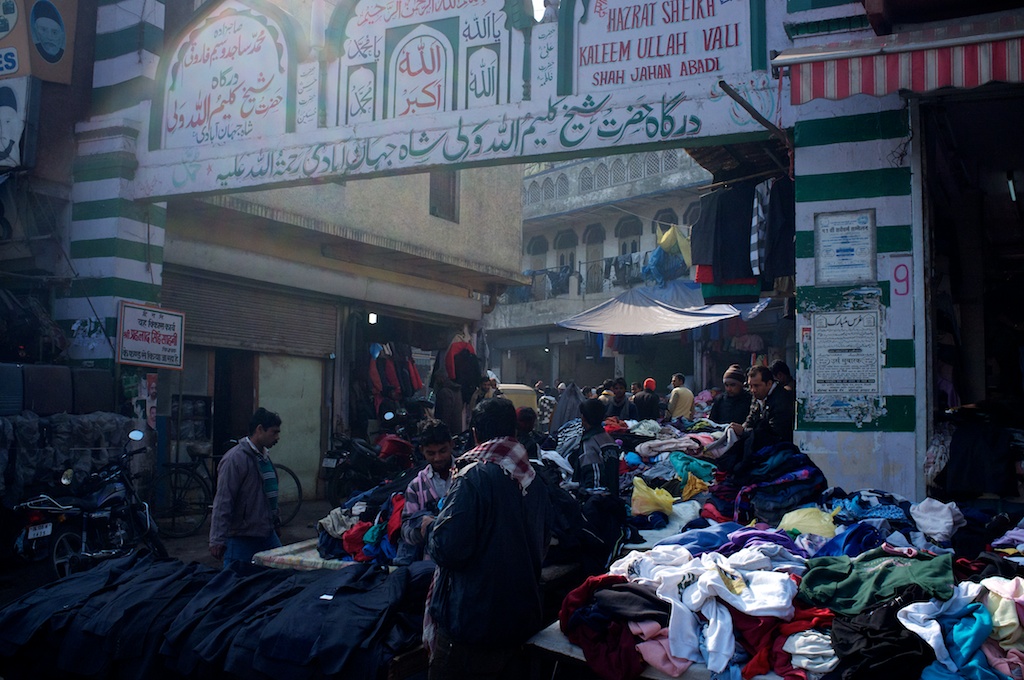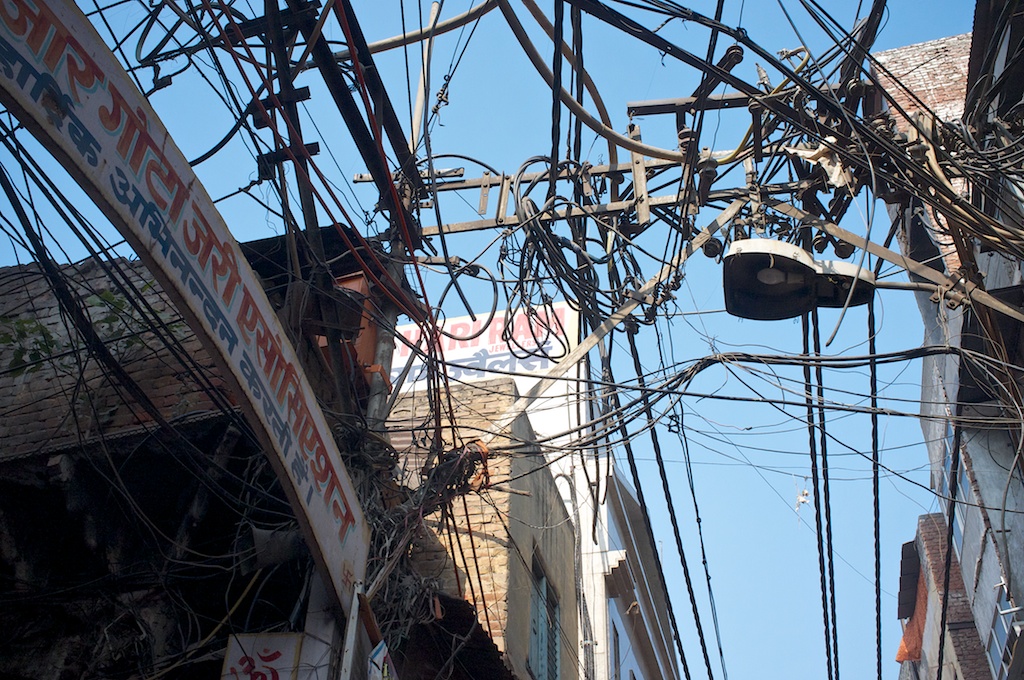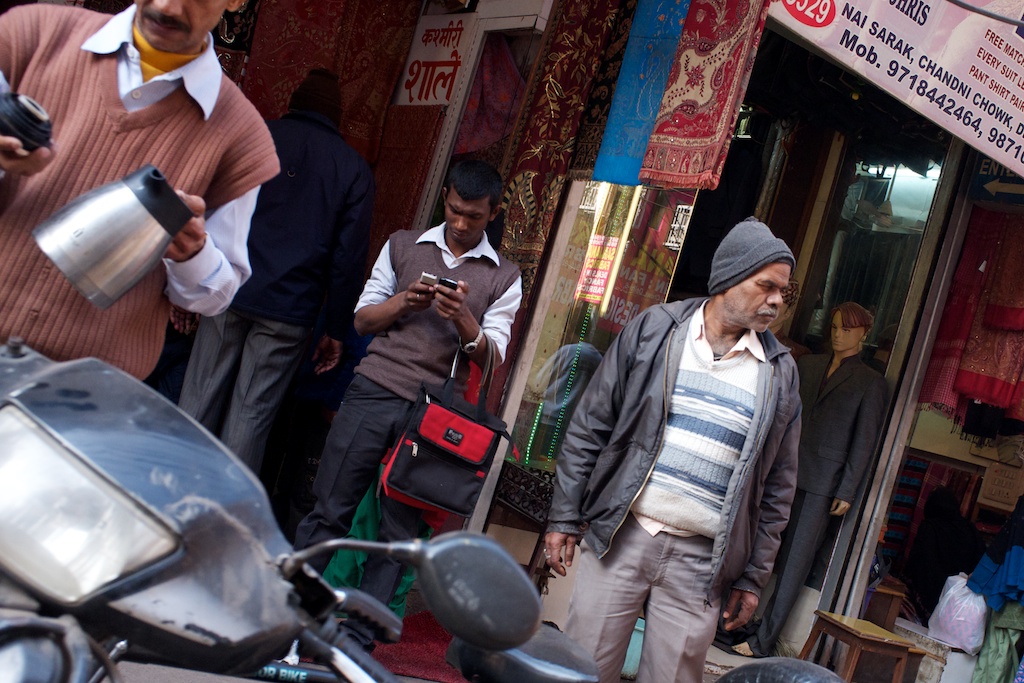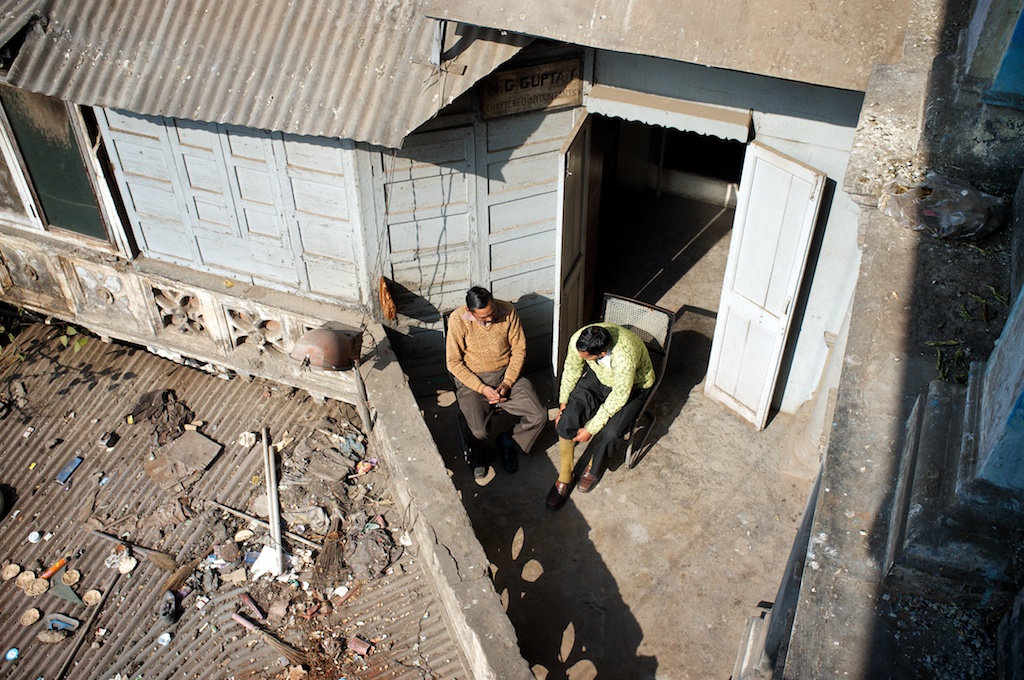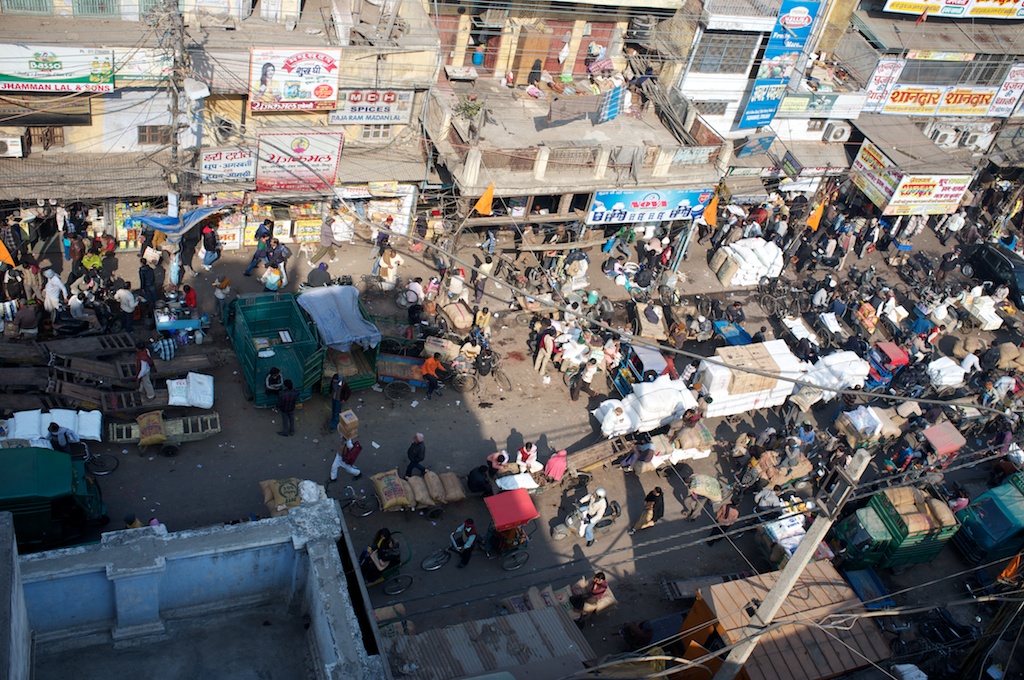
It’s 9:45 p.m. and I’m sitting in the Phnom Penh airport international departure terminal. I’ve been struggling with composing a post for almost a week now, partly out of busy-ness, partly out of melancholy.
The clouds started rolling in over my spirit about a week ago in Thailand, as I discussed with our national director the special medical, psychological and spiritual attention required for one of our children, an 11-year old girl. Starting when she was age 5 and ending only when she came to live with us three years ago, this young girl had been raped by a series of adult men in her village. Today she remains broken in spirit and in body.
Recently, I’ve reacquainted myself with the bios of the hundreds of kids we’ve placed in permanent, loving families over the past few years. Taken together, they read like an encyclopedia of sorrows – abandonment, abuse, death, homelessness. The suffering these kids have dealt with is unimaginable. So many have watched both parents die. So many others have endured being passed around as domestic servants or cheap laborers. It’s heavy stuff.
The clouds began to rain a couple of days ago as we said our goodbyes in Thailand and prepared to return to Cambodia for one last full day in Asia. This trip felt like a whirlwind. It seems like we didn’t have nearly enough time to really connect with the kids and staff we love so dearly.
This morning, I woke up at about 5:30 a.m. and resisted initially the temptation to check my emails for fear that I wouldn’t be able to get back to sleep after doing so. Something inside me said, “But what if someone has died? You should check.” Really. That was the thought that crossed my mind. I couldn’t shake it, so I picked up my iPhone and clicked on the email app.
I noticed immediately the message from my wife titled “Very Important News.”
The rain turned to a hurricane, a flood, a tornado of horror and sadness as I read that my son’s friend Noah had been shot – accidentally -- and killed by another classmate.
Noah was a sweet, 14 year old boy who had latched onto our family over the last year or so. He had spent many nights at our house, and was Chien’s constant companion after school and at the pool. Noah was the kind of kid that really seemed to need the calming influence of a stable nuclear family; he probably enjoyed hanging out at our house more than any of Chien’s other friends.
Just hours before his death, he had been with Chien at our community fireworks display. And now he’s dead? It just doesn’t make any sense. None of the pat answers we tell ourselves and our children about God’s sovereignty and this fallen world seem to help at a time like this, much less the shallow greeting-card-platitudes that get bandied about inevitably when tragedy strikes.
None of that stands up very well against the poignant and excruciating reality reflected in a thousand Facebook posts from a bunch of shocked, dazed and heartbroken 9th graders: “OMG. I can’t believe I’m not going to see you any more!”
Oh my God indeed.
It’s only July and I’ve already had two friends shot to death this year. I’m beginning to hate these damned guns as much as I already hate cancer. What in God’s name is wrong with this world?
So today, I’ve walked around in some sort of a fog, carrying around this horror like some sort of disease. Nothing really tastes good, and I’ve got a throbbing behind my eyes that crying won’t wash away. My heart is broken for Noah’s family, for his girlfriend, for his classmates, for his friends who watched him die, for the boy who accidentally pulled the trigger. And for my son.
I feel completely helpless. All this happens and I’m 9,000 miles away. Trying to parent via Skype is difficult even in good times. It is most definitely time for me to go home. Time to hug my wife and all of my kids.
So what are we to think about all of this suffering? How are we supposed to reconcile the rape of a five year old girl in Thailand and the death of a 15 year old boy in Ohio with the idea of a loving God?
I’m not sure.
I mean, I can give you page after page of textbook answers. But the only comfort I can receive from my theology today comes from Jesus himself. I’m beyond grateful that God revealed himself to us not as some aloof celestial deity -- detached from all pain, all desires, all earthly attachments – but as a man of sorrows, closely acquainted with grief, a man who loved, who lost, who wept and who suffered an unfair, undignified death in a real country on this same earth we walk today. The One I pray to understands injustice and pain. I’m not sure I could be comforted by any other kind of god.
What other kind of god could offer any solace to an orphan or to child who has lost his best friend?
So I leave you with this prayer of lament and supplication, written by Bono. May God have mercy on us all.
Heaven on earth, we need it now.
I’m sick of all of this hanging around.
I’m sick of the sorrow, I’m sick of the pain.
I’m sick of hearing again and again
That there’s gonna be peace on earth.
Jesus, can you take the time to
Throw a drowning man a line?
Peace on earth.
We hear it every Christmas time
But hope and history don’t rhyme
So what’s it worth, this peace on earth?

